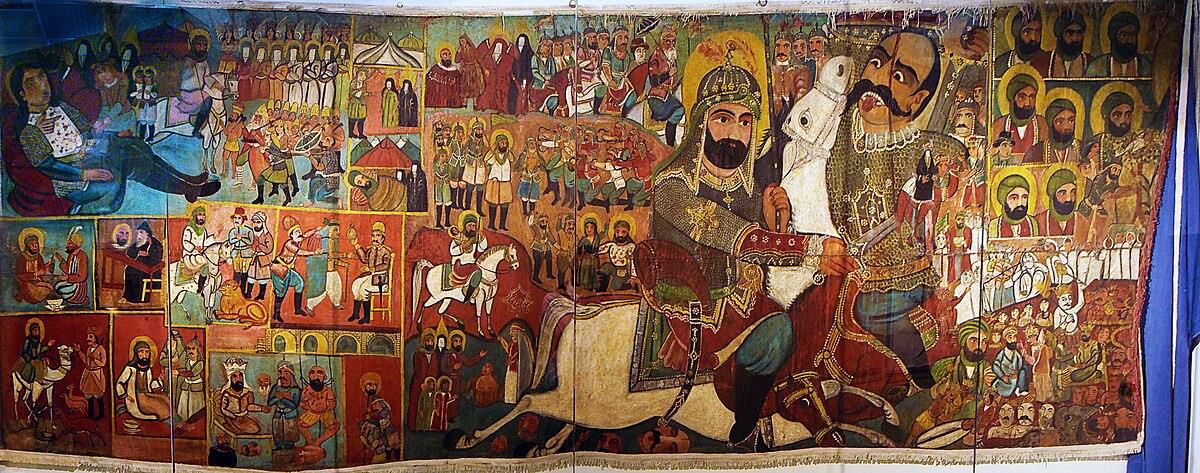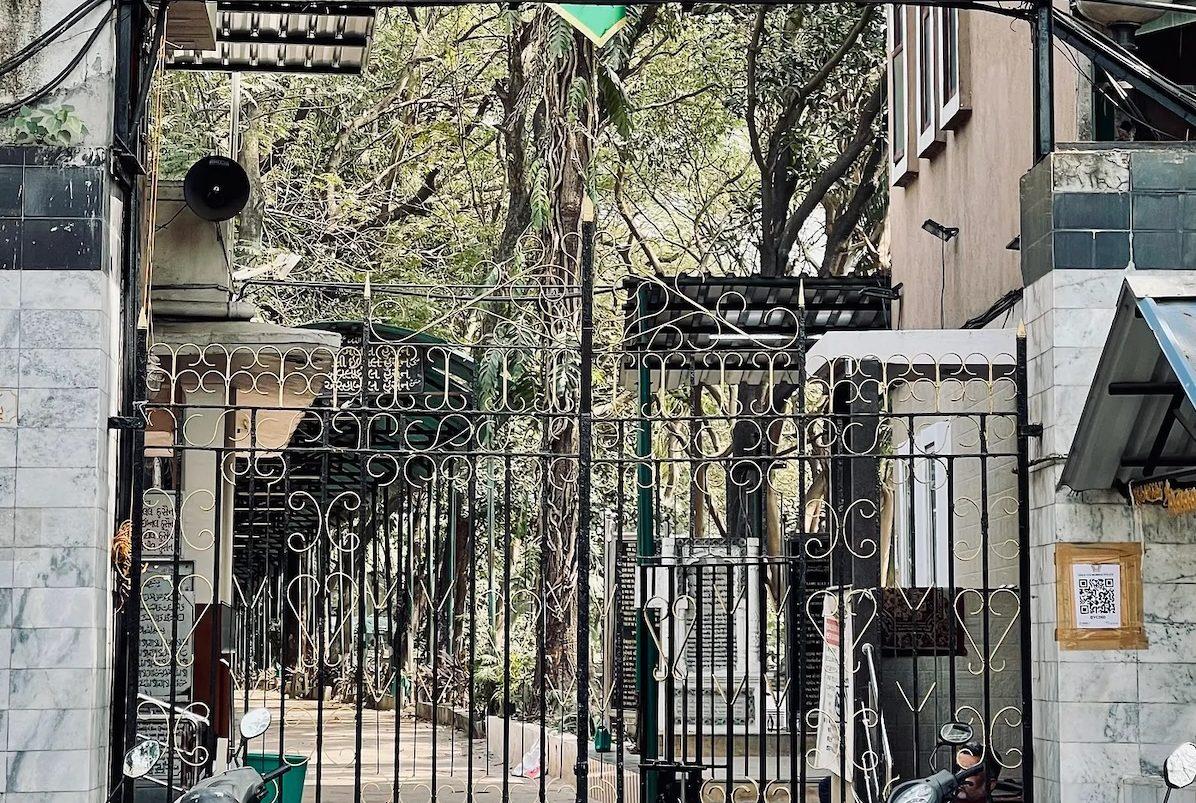
A Rich Tapestry Is Woven Into Zohran Mamdani's Last Name
He takes the name from his father, Mahmood Mamdani, a prominent academic who was raised in Uganda and whose work focuses on postcolonial Uganda. I studied the history of the Khoja community for my doctoral work and have helped develop Khoja studies as an academic discipline. The Mamdani surname tells a story of migration, resilience and community-building that spans centuries and continents.
The Khoja historyMamdanis in Uganda belong to the Khoja community, a South Asian Muslim merchant caste, that shaped economic development across the western Indian Ocean for centuries.
The name originates from greater Sindh, a region in South Asia that today includes southeastern Pakistan and Kachchh in western India.
Its etymology is twofold. Mām is an honorific title in Kachchhi and Gujarati languages, meaning kindness, courage and pride. Māmadō is a local version of the name Muhammad that often appeared in surnames in Hindu castes that converted to Islam, such as the Memons.
The Khoja were categorized by the British in the early 19th century as“Hindoo Mussalman” because their traditions spanned both religions.
Over time, the Khoja came to be identified only as Muslim and then primarily as Shiite Muslim. Today, the majority of Khoja are Ismaili: a branch of Shiite Islam that follows the Aga Khan as their living imam.
The Mamdani family, however, is part of the Twelver community of Khoja, whose Twelfth Imam is believed to be hidden from the world and only emerges in times of crisis. Twelvers believe he will help usher in an age of peace during end times.

Zohran Mamdani is part of the Twelver branch of Shia Islam and was raised in a family celebrating Hindu festivals alongside Islamic traditions. This 19th century Iranian artwork depicts all twelve Imams and some episodes from their lives and the Shiiets being rewarded on the coming Day of Resurrection. Photo: Wikipedia

Legal Disclaimer:
MENAFN provides the
information “as is” without warranty of any kind. We do not accept
any responsibility or liability for the accuracy, content, images,
videos, licenses, completeness, legality, or reliability of the information
contained in this article. If you have any complaints or copyright
issues related to this article, kindly contact the provider above.






















Comments
No comment